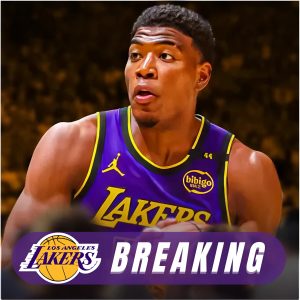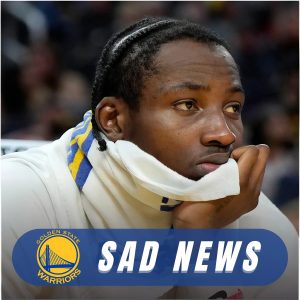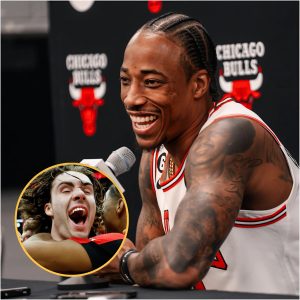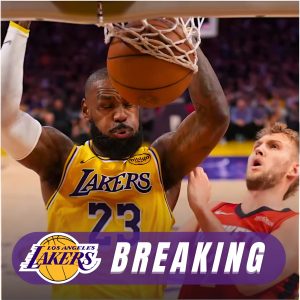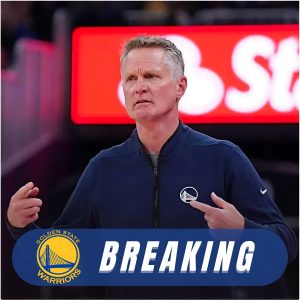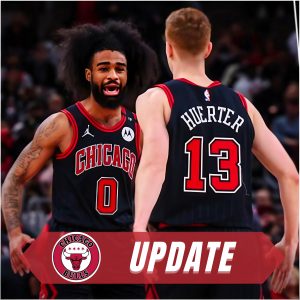Despite being deemed a trade deadline loser by numerous sports media outlets (including this one), the Chicago Bulls are 10-7 since the decision to trade franchise centerpiece Zach LaVine for a triumvirate of role players. Since then, Chicago ranks 10th in the NBA in net rating and has won 10 of 17 contests.
As for the trio, Tre Jones has exceeded expectations and even started in his fair of contests despite coming into a crowded backcourt. The 6-foot-1 floor general has averaged 11.5 points and 4.9 assists in 18 appearances, including nine starts since being acquired by the Bulls. Unfortunately, Jones’ hot streak came to an end after he suffered a midfoot sprain on March 22. On the bright side, the former San Antonio Spur should return to the hardwood in early April.
Zach Collins, the lone big Chicago acquired in the three-team swap, has seen an inconsistent role in Head Coach Billy Donovan’s rotations. He’s started eight contests, most while Nikola Vucevic was on the mend, but he has also seen several DNP-CDs and suited up for less than 10 minutes of action twice in Chicago’s last four contests. Nonetheless, Collins has been extremely impactful. The Bulls are 7.8 points per 100 possessions better with the 6-foot-10 center on the floor.
Through February and even mid-March, Kevin Huerter was arguably the least effective of the trio. Huerter averaged 9.8 points while converting only 36.6 percent of his field goals in February. The Maryland product scored in the single-digits in his first four appearances with Chicago and shot above 50 percent in one game in the entire month.

Kevin Huerter has impressed over the past two weeks
However, the tides have turned in recent weeks. In March, Huerter is averaging 15.0 points, 4.4 rebounds, and 3.4 assists while shooting 45.1 percent from the floor and 33.3 percent from long-range. His last six games, a stretch that has seen the Bulls go 5-1, are even better. The 6-foot-7 sharpshooter is averaging 16.8 points, 4.3 rebounds, and 4.3 assists while splashing 51.3 percent of his field goals and 40.4 percent of his triples.
Huerter’s importance goes beyond his individual contributions. He ranks first among players to suit up for at least 20 minutes in net rating over Chicago’s last six games. Huerter’s net rating is 17.3, a top-15 mark in the NBA in the same span. He isn’t just important to the Bulls’ offense; he’s been an equally impactful defender. The Bulls are 10.1 points better offensively (97th percentile) and allow 11.6 points fewer (98th percentile) with Huerter on the floor.
After an abysmal start to the 2024-25 season, the 26-year-old has revived his value. The two seasons and $34 million left on his contract don’t feel as excessive. Perhaps even $17 million per year could be considered a slight underpay—especially if he reverts to his 2022-23 form, where he averaged 15.1 points and drilled 2.7 three-pointers at a 40.2 percent clip.
Instead of ditching Huerter in the offseason, a surefire probability whenever he was acquired, the Bulls will likely retain the forward as he enters the final season of his contract. He’s been too impactful for Chicago to cut loose, plus his brief time in Chicago has corresponded with Josh Giddey and Coby White’s meteoric rises since the trade deadline.
Huerter’s gravitational pull has opened up driving lanes for the Bulls’ backcourt duo. Although he hasn’t converted three-pointers at a 40 percent clip trhoughout the entire season, he’s still a player worth closing out on. The 6-foot-7 wing averages 2.1 threes per game at a 37.4 percent clip over his career. Now as a member of the Bulls, there’s a chance Huerter will return to prior three-pointing form. He’s part of a space and pace offense that generates the most wide-open threes per game (25.8) in the NBA.
Although there was real speculation all three newcomers would be traded at the deadline, Jones, Collis, and Hueter have proven to be keepers. While Jones is a pending free agent, the Bulls will certainly receive another season of play from Collins and Huerter, who both have a year left on their current pacts. A full season’s worth of potential evidence to re-sign one, or both of the duo to future contracts.
